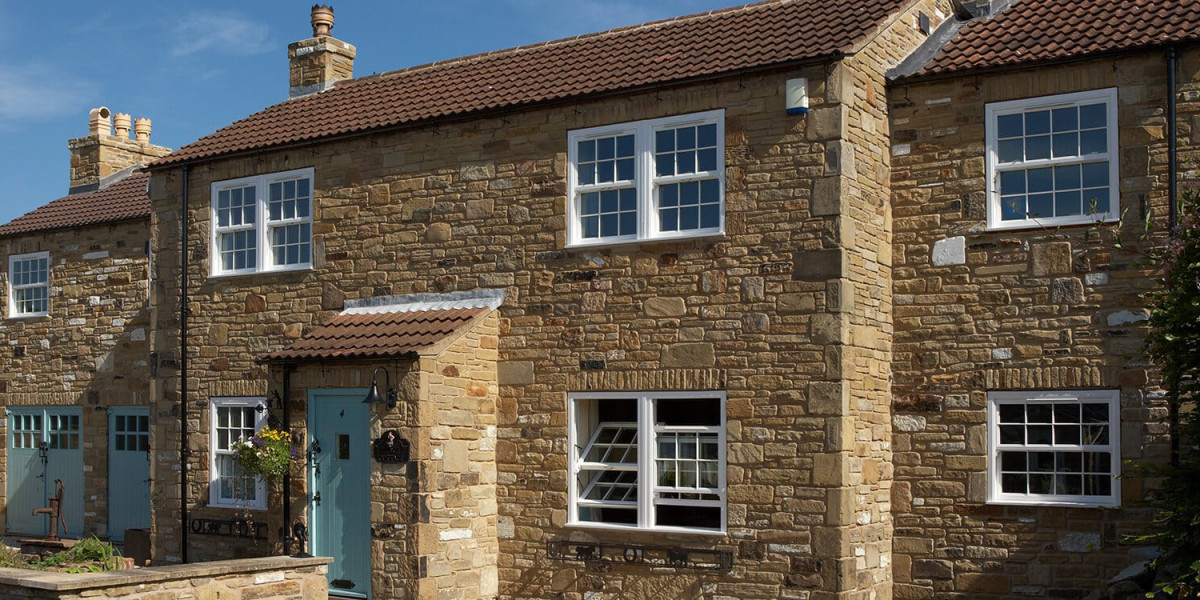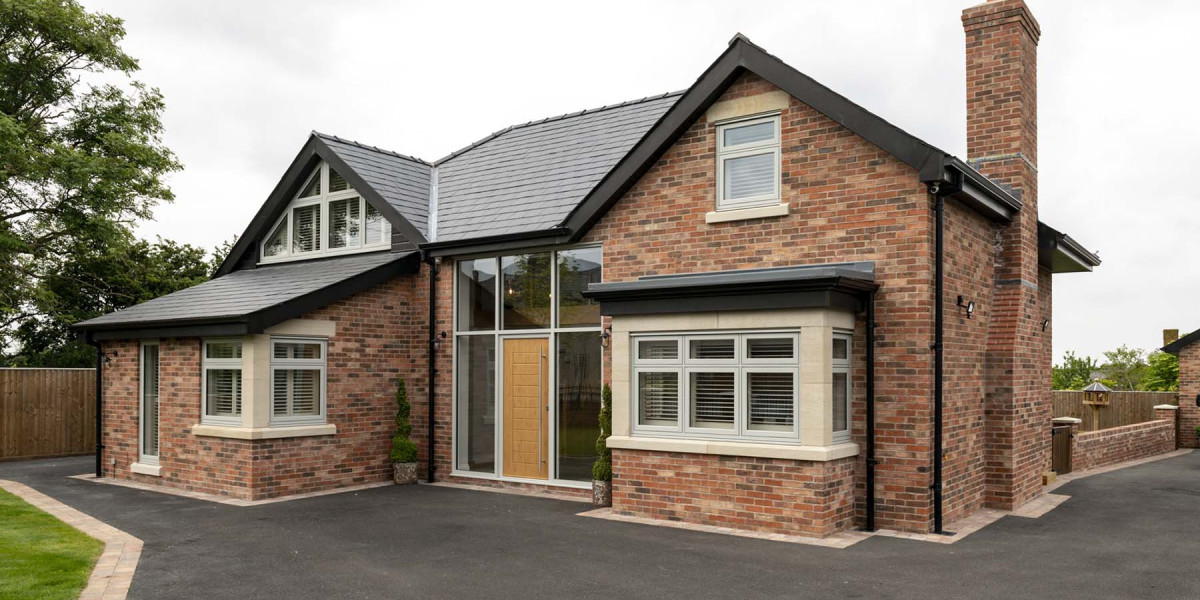Abstract
Window installation is a critical component of building construction and renovation, impacting energy efficiency, aesthetic appeal, and structural integrity. This article provides a detailed overview of the window installation process, highlighting essential techniques, tools, materials, and best practices to ensure a successful installation. By following these guidelines, homeowners and contractors can achieve optimal performance and longevity from their windows.
Introduction
Windows serve multiple functions in a building, including providing natural light, ventilation, and aesthetic value, as well as contributing to energy efficiency. Proper installation is crucial to maximizing these benefits while minimizing potential issues such as air leaks, water infiltration, and structural damage. This article aims to equip readers with the knowledge necessary for effective window installation, whether for new constructions or replacement projects.
Types of Windows
Before delving into the installation process, it is essential to understand the various types of windows available on the market. Common types include:
- Double-Hung Windows: Featuring two operable sashes that slide vertically, these windows are popular for their versatility and ease of cleaning.
- Casement Windows: Hinged on one side, these windows open outward, providing excellent ventilation and unobstructed views.
- Sliding Windows: These windows consist of one or more sashes that slide horizontally, making them ideal for spaces with limited exterior access.
- Bay and Bow Windows: These protruding window styles create additional interior space and enhance the aesthetic appeal of a home.
- Fixed Windows: Non-operable windows that do not open, fixed windows are designed primarily for light and views.
Before beginning the installation process, it is essential to gather the necessary tools and materials. Key tools include:
- Tape measure
- Level
- Utility knife
- Pry bar
- Screwdriver
- Caulking gun
- Safety glasses
- Ladder (if needed)
- New windows
- Shims
- Insulation (such as foam or fiberglass)
- Caulk (exterior and interior)
- Flashing tape
Installation Process
The window installation process can vary based on the type of window and the specific conditions of the building. However, the following steps outline a general approach to installing a replacement window:
- Remove the Old Window: Start by removing the interior trim and any fasteners holding the old window in place. Carefully pry the window out of the frame, taking care not to damage the surrounding structure.
- Prepare the Opening: Clean the window opening, removing any debris, old caulk, or insulation. Inspect the frame for any signs of damage and make necessary repairs.
- Check the Level: Use a level to ensure that the window opening is square and plumb. If the opening is out of alignment, https://ynaf.org.uk/youth-art-award-royal-norfolk-show-2024/ adjust it using shims.
- Install the New Window: Place the new window into the opening from the exterior side. Ensure it is centered and level. Use shims to adjust the window's position and maintain its level. Secure the window in place by driving screws through the frame into the surrounding structure.
- Seal the Edges: Apply flashing tape around the exterior edges of the window to prevent water infiltration. Follow this by applying a bead of exterior caulk along the perimeter of the window frame.
- Insulate: Fill any gaps between the window frame and the rough opening with insulation. This helps improve energy efficiency and reduces noise transmission.
- Reinstall Interior Trim: Once the window is securely installed and sealed, reinstall the interior trim. This may involve cutting new trim pieces or reusing the existing ones. Caulk the seams to create a finished look.
- Final Inspection: Check the window for proper operation, ensuring that it opens and closes smoothly. Inspect the seals for any gaps or imperfections that may need addressing.
To achieve the best results, consider the following best practices during window installation:
- Choose the Right Window: Select windows that are appropriate for your climate and building style. Energy-efficient windows may have low-E coatings and argon gas fills, which can significantly reduce heating and cooling costs.
- Follow Manufacturer Instructions: Always refer to the manufacturer's installation guidelines. Each window may have specific requirements that must be followed for warranty purposes.
- Work in Suitable Weather: Avoid installing windows during extreme weather conditions, such as heavy rain or high winds, which can hinder the installation process and compromise the seal.
- Utilize Professional Help When Necessary: If you are unsure about your ability to install windows correctly, consider hiring a professional contractor. Poor installation can lead to significant issues down the line, including water damage and decreased energy efficiency.
Window installation is a vital aspect of building construction and renovation that requires careful planning, preparation, and execution. By understanding the types of windows available, following a structured installation process, and adhering to best practices, homeowners and contractors can ensure that their windows perform optimally and enhance the overall quality of the building. Investing time and effort into proper window installation not only improves energy efficiency but also contributes to the long-term value and comfort of the home.
References
- U.S. Department of Energy. (2021). Energy Saver: Windows. Retrieved from energy.gov
- National Fenestration Rating Council (NFRC). (2022). Understanding Window Ratings. Retrieved from nfrc.org
- American Society of Home Inspectors. (2020). Home Inspection Standards of Practice. Retrieved from ashi.org









